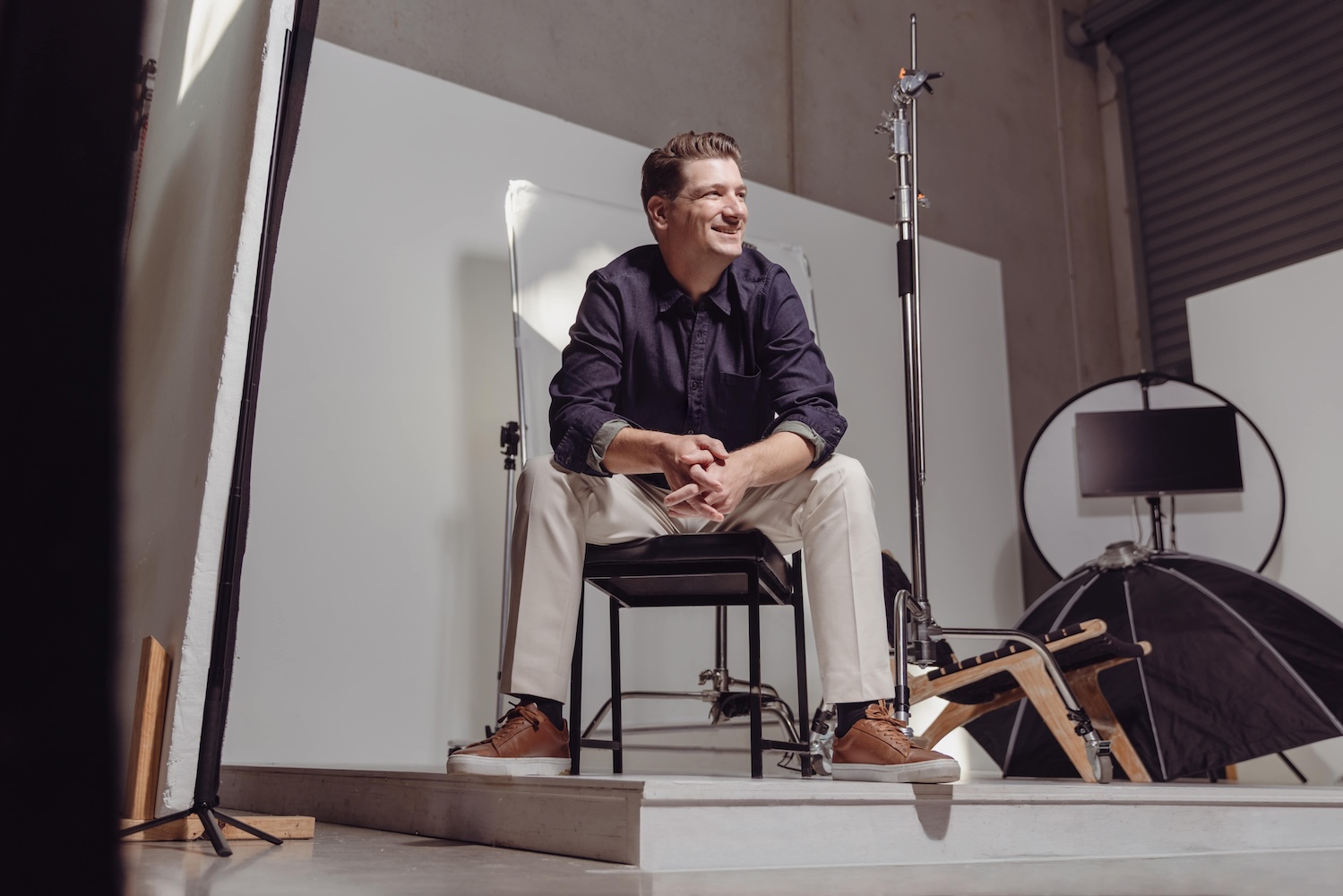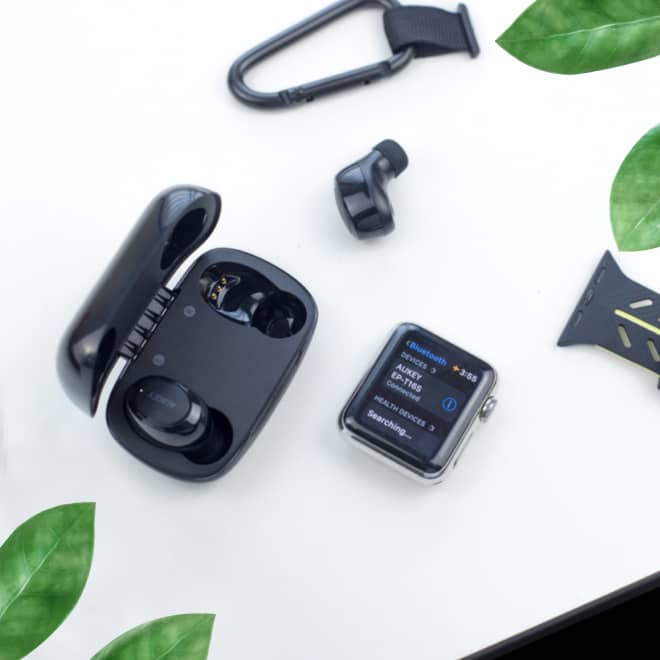October 30, 2025
The Future of Photography in 2025: Why Your Craft Is Far From Obsolete
Will AI replace photographers? Discover why photography in 2025 is thriving—with new tech, creative demand, and human storytelling leading the way.

Picture this: it’s 2025, and AI can churn out a clean product photo in seconds. Scary for your commercial photography studio? Not at all! Photography isn’t just about snapping a shot—it’s about crafting stories, sparking emotions, and pushing creative boundaries. While AI handles the basic stuff, it’s yourеном
System: your human-led creativity that makes photography irreplaceable. From product photography to weddings, the future of photography in 2025 is bright with opportunities to innovate. This guide explores how AI, drones, and your unique vision keep your studio thriving. Let’s dive into why your craft is far from obsolete!
What Is Photography in 2025?
- Definition: Photography is storytelling through composition, light, and emotion. Technical skills matter, but creativity, your ability to frame a moment or evoke feeling defines the art.
- Challenges: Smartphones (92.5% of 2024 photos) and AI increase competition, but clients crave authentic, creative images. Example: A dynamic product shot with bold lighting outshines a generic AI image.
- Why It Matters: Clients crave authenticity - real moments, not emotions. Whether it's a newborn's smile or a brand's story, your ability to capture what's real keeps photography alive.
Will AI Replace Photographers?
AI won’t replace photographers. It excels at basic tasks like plain white product shots, but human creativity, capturing emotion, crafting stories, and innovating remains irreplaceable. Clients value authentic images for branding and events, ensuring photographers thrive in 2025 and beyond.
AI as a Creative Tool
AI tools like Adobe Photoshop, Luminar Neo, Aftershoot, and Topaz Labs streamline editing, enhance focus, and adjust lighting in seconds. They’re like an accountant moving from pen-and-paper to software, your role stays central, but the process gets faster. AI retouches a product shot, but you design the scene’s vibe.
AI in Commercial Photography
AI excels at simple product photos (e.g., plain white backgrounds for $4 T-shirts), replacing low-end work for budget brands. But this opens doors for creative studios to innovate. Example: A luxury watch shoot with dramatic lighting and real models creates an emotional connection AI can’t replicate.
Pushing Boundaries in Product Photography
AI’s rise challenges basic product photography but fuels creativity for standout work. Instead of static shots, studios can craft immersive, story-driven images, think vibrant lifestyle shoots or surreal compositions. Example: A perfume bottle shot with mist and glowing light evokes luxury, far beyond AI’s capabilities.
Public Demand for Human Creativity
People crave authenticity. A 2024 survey found 68% of consumers prefer human-made images for emotional content (e.g., weddings, family portraits). AI-generated photos are fine for generic ads, but for moments that matter, like a brand activation or a cultural campaign. Real photography wins every time. Example: A behind-the-scenes video of a real photoshoot (like the Final Destination marketing genius) builds trust and engagement.
Where AI Can't Compete
- Capturing Real Moment: AI can't replicate the spontaneity of a wedding dance or the energy of a live event. Your soft skills - directing models, reading emotions, finding unique angles, creating images with soul. Example: A wedding photographer calming a nervous bride to capture her genuine smile is irreplaceable.
- Commercial Photography with Meaning: For culture-led brands (e.g. Italian-inspired clothing), documenting the process - models getting ready, real locations, human interactions - adds value AI can't fake. A static AI image lacks the story of a real shoot. Example: Showcasing behind-the-scene footage of influencers wearing your brand's clothing builds relatability. that human-human interaction can also be felt through a photo. A lifeless AI smile compared to the real smile of a model will always be felt.
- Family and Newborn Photography: Parents want real memories, not AI reconstructions. Your ability to make a baby giggle or coax a shy child to smile is pure human magic. AI can enhance "Anne Geddes-style" images, but it can't create the moment.
Emerging niches Driving Demand
Ecommerce Photography
The e-commerce boom (projected $7.4 trillion market by 2025) fuels demand for product photography. While AI handles low-end shots, premium brands need human photographers for on-model clothing and lifestyle shoots. Example: A sneaker shoot with athletes in action conveys performance and passion.
Drone and Aeriel Photography
Valued at $733.1 million in 2024, drone photography is soaring (18.7% CAGR through 2034). Perfect for real estate, events, and travel. Example: A drone shot of a coastal wedding adds cinematic flair AI can’t match.
Personal Branding and Corporate Headshots
LinkedIn and social media drive demand for authentic headshots. Example: A CEO’s portrait reflecting their personality strengthens their brand.
Retro and Analogue Revival
Gen Z loves film and vintage aesthetics. Example: A 35mm portrait shoot for a fashion brand taps into nostalgia.
How Technology Enhances Your Craft
- Computational Photography: Smartphone tech (e.g., iPhone’s HDR, Live Photos) is trickling into professional cameras. By 2025, expect mirrorless cameras with AI chips that auto-adjust settings for optimal shots, freeing you to focus on composition. Purists may cry “that’s not photography,” but it’s just a tool, like film to DSLR to mirrorless. The art lies in your vision, not the gear.
- Workflow Efficiency: AI tools speed up culling (Aftershoot) and sharpening (Topaz Labs), letting you focus on creativity. Example: A wedding photographer delivers 500 edited photos faster, delighting clients.
- Real Estate Evolution: AI simplifies staging and sunset enhancements, but top-tier listings demand cinematic videos with human-led creativity (e.g., drone walkthroughs with music and agent narration).
What Makes Great Photographers Timeless?
- Lessons from Legends: Photographers like Annie Leibovitz or Peter Lindbergh excel because they capture emotion and story, not just images. Leibovitz’s intimate celebrity portraits or Lindbergh’s raw fashion shots rely on human connection, not technical perfection.
- Your Superpower: Your ability to see the world uniquely, whether framing a candid moment or directing a brand shoot sets you apart. AI can’t replicate your perspective. Example: A street photographer capturing a fleeting moment of joy in a crowd.
Is Photography a Viable Career in 2025?
What Is the Future of Photography in 2025?
The future of photography in 2025 is bright, with AI, drones, and VR expanding creative possibilities. Demand for professional services grows in e-commerce, events, and branding, despite smartphone competition. Human creativity and storytelling ensure photographers thrive.
- Opportunities: The photography market is projected to grow to $81.92-$85.43 billion by 2033 (4.4% CAGR). Freelancing (65% of photographers) and niche specialisations offer flexibility. Example: A photographer diversifying into workshops and prints.
- How to Thrive: Specialise (e.g., pet photography), leverage social media (Instagram, Flickr), and embrace AI tools. Network at trade shows and build a portfolio showcasing your unique style.
Wrap Up
Photography in 2025 is alive and thriving. AI handles the mundane, but your ability to capture real moments, tell stories, and create meaning is irreplaceable. Whether you’re shooting weddings, drones, or high-end fashion, your creativity is your edge. Embrace new tools, find your niche, and keep telling stories that matter. Ready to shape the future? Grab your camera and start now.
No items found.
Browse more guides
Browse all guidesNo items found.





